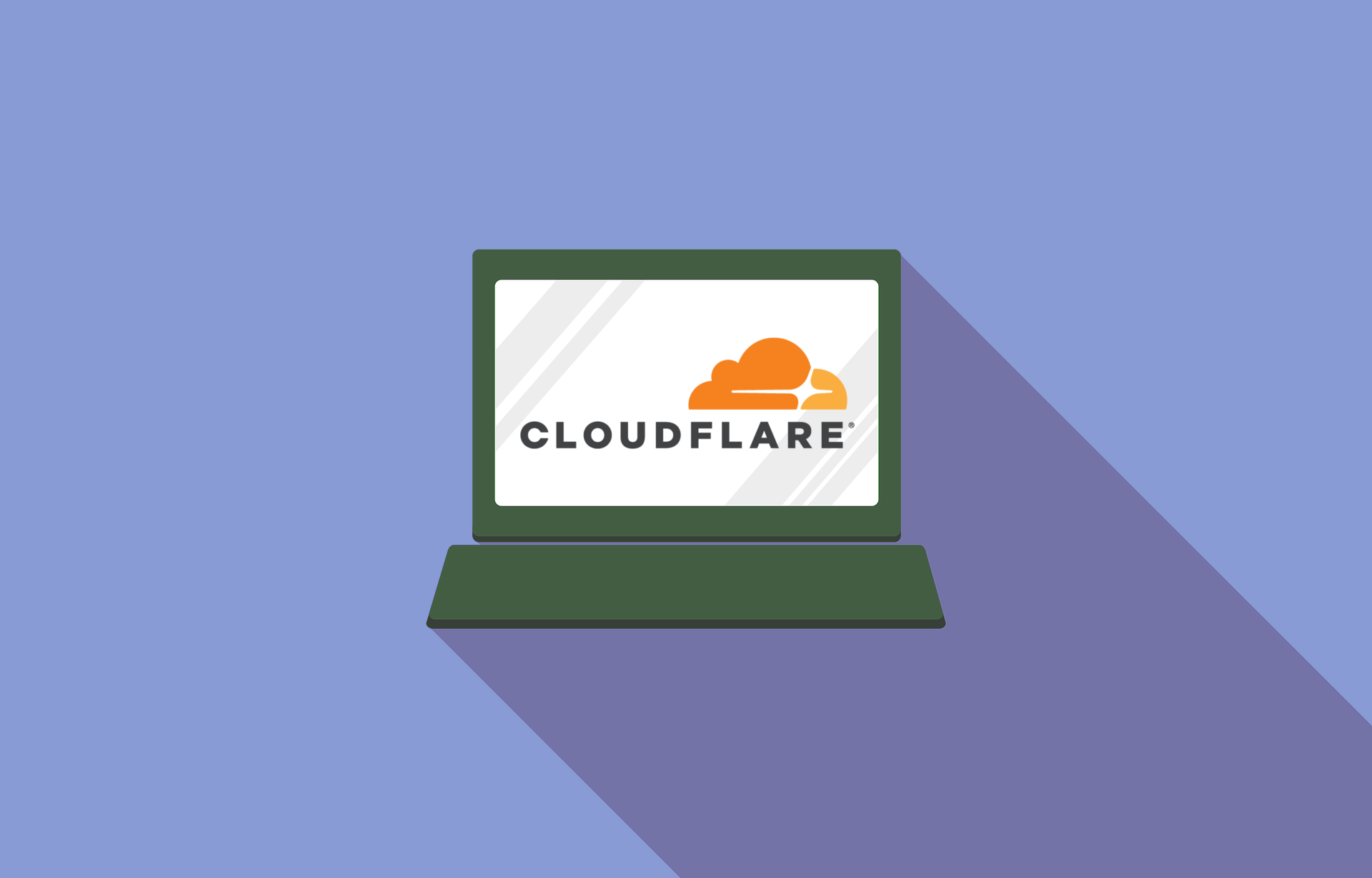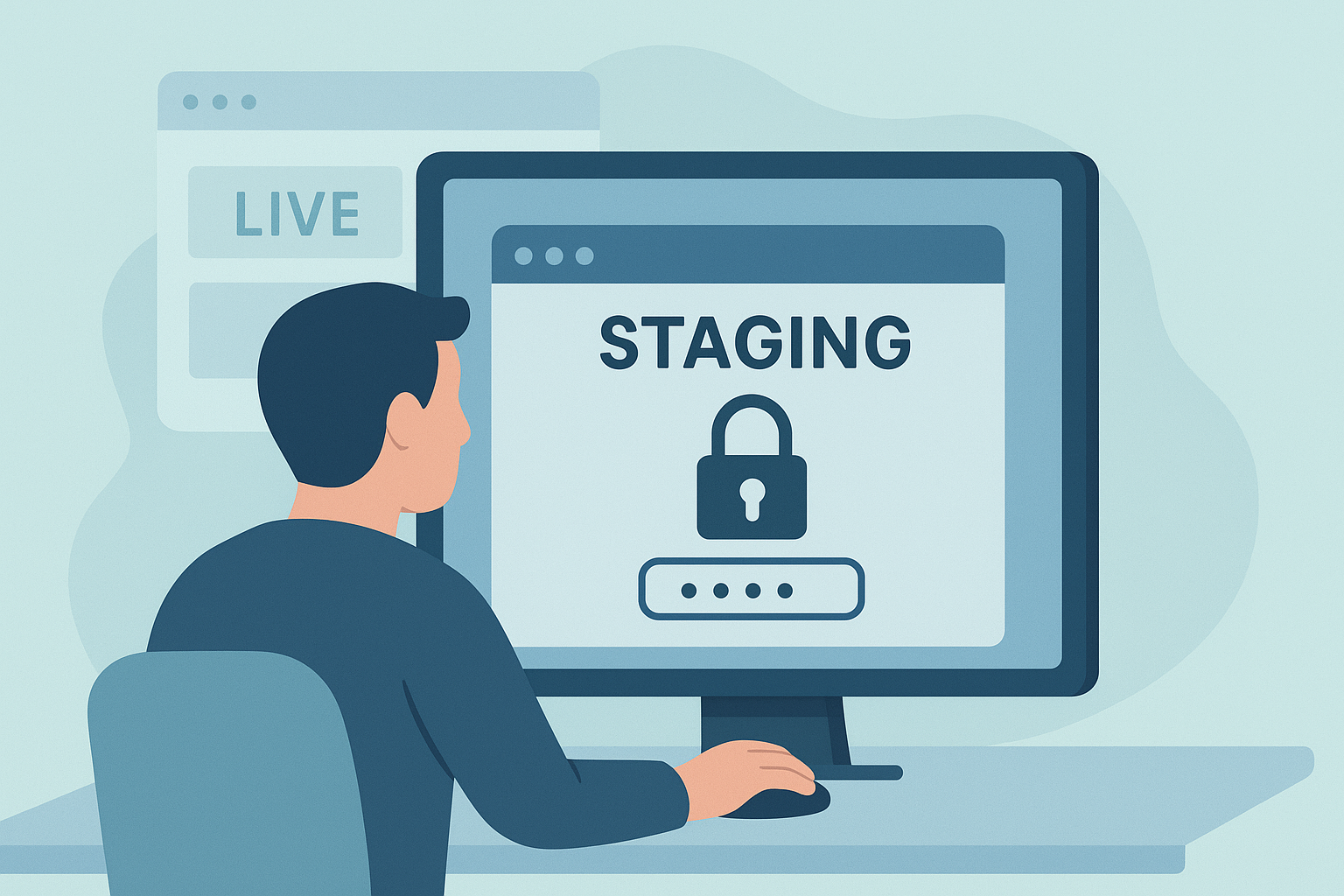If your website feels sluggish, loads weirdly in some regions, or just isn’t delivering the experience your visitors expect, then it’s time for a serious performance upgrade. One of the easiest (and smartest) ways to do that? Use Cloudflare to improve your website performance.
Cloudflare acts as a middleman between your website and your visitors. It speeds up content delivery, blocks nasty bots, improves uptime, and even adds a layer of security. The best part? You don’t need to be a tech expert to get started. Here’s your practical, step-by-step guide to setting up Cloudflare for optimal performance.
Why Cloudflare?
Still wondering if Cloudflare is worth it? Here’s what makes it such a smart move for boosting your website’s performance and resilience:
Global CDN (Content Delivery Network)
Cloudflare has servers all around the world. When someone visits your site, Cloudflare delivers the content from the closest server to that user. That means faster loading times and a smoother browsing experience, no matter where your visitors are coming from. No more waiting around for a page to load from the other side of the globe.
Performance Optimization Tools
Out of the box, Cloudflare helps shrink your site’s files (like CSS, HTML, and JavaScript) and compresses content so it loads faster. Feature like Brotli compression and Rocket Loader handle all the heavy lifting behind the scenes. Your visitors just get a faster, more responsive website, without you needing to tweak code or install tons of plugins.
Built-In Security Boost
Hackers and bots are annoying and potentially dangerous. Cloudflare blocks malicious traffic before it even reaches your server. It also provides free DDoS protection and SSL encryption, keeping your site safer while building trust with your visitors. Bonus: You don’t have to buy a separate SSL certificate.
Real-Time Analytics
Cloudflare gives you insight into traffic, threats, and performance, without needing Google Analytics or third-party tools. You can see who’s visiting your site, where they’re from, and how often it’s being protected from attacks. It’s all available in a clean dashboard that’s easy to navigate.
So yes, using Cloudflare to improve your website performance is not only smart. It’s practically effortless.
How to Set Up and Use Cloudflare?
Let’s now get hands-on with how you can use Cloudflare to improve your website performance.
1 . Create a Free Cloudflare Account
- Go to Cloudflare.com and click “Sign Up.”
- Enter your email address and password to create an account.
2. Add Your Website to Cloudflare
- After logging in, click “Add a Site.”
- Enter your domain name (example: yourwebsite.com).
- Choose the Free Plan (it’s packed with good stuff for starters).
- Cloudflare will scan your existing DNS records. This takes a few seconds.
3. Review and Update DNS Records
Once scanning is complete:
- You’ll see a list of your current DNS records.
- Just confirm they’re correct. Most of the time, you don’t need to change anything.
- Make sure the orange cloud is on. That means Cloudflare will proxy that traffic.
Pro Tip: Leave your email and FTP entries as gray cloud if you want to avoid issues accessing them.
4. Change Your Domain’s Nameservers
Cloudflare will show you two nameservers (e.g., dave.ns.cloudflare.com and lisa.ns.cloudflare.com).
Here’s what to do:
- Log into your domain registrar.
- Go to the DNS or Nameserver settings.
- Replace your current nameservers with the ones Cloudflare gives you.
- Save the changes.
Cloudflare will now take over DNS management. But don’t worry, your domain still belongs to you.
5. Enable Performance Settings
Now that Cloudflare is live, let’s tweak settings to improve performance.
Recommended Settings to Enable under Speed tab:
- Brotli Compression – This helps compress content before it’s sent to users.
- Rocket Loader – Helps speed up loading of JavaScript-heavy pages.
- Caching – Set the caching level to Standard for general use, or Aggressive for faster delivery of static assets.
Under the Caching tab:
- Always Online – Keeps your site available even when your origin server is down.
- Purge Cache – Click this if you made big site changes and want Cloudflare to refresh its cache.
6. Set Up SSL (Free HTTPS)
Under the SSL/TLS tab:
- Choose Flexible if your server doesn’t support HTTPS yet.
- Choose Full or Full (Strict) if your origin server already has SSL installed.
This ensures all traffic is encrypted, boosting SEO and security.
7. Use Page Rules for Extra Speed
Page Rules let you create custom caching rules, forward specific traffic, or disable features per URL.
Here’s a common one:
yourwebsite.com/*
Cache Level: Cache Everything, Edge Cache TTL: a monthThis tells Cloudflare to cache everything, even dynamic content.
What Happens After Setup?
Once everything’s live, here’s what you’ll notice:
- Faster page loads, especially for global visitors.
- If your server hiccups, Cloudflare can still serve cached pages.
- Improved SEO scores, especially on mobile.
- Lower bandwidth usage, which could save you money with your host.
Plus, Cloudflare will keep logging traffic, threats, and performance, so you can monitor things from your dashboard.
If you want even more functionality, Cloudflare offers a variety of free apps you can easily add from the Cloudflare Apps section. These include tools like analytics, chat widgets, and SEO enhancers. You can also integrate Cloudflare with popular platforms such as WordPress or Shopify by using their official plugins or extensions, making it even easier to manage performance and security directly from your site’s dashboard.
Final Thoughts
At the end of the day, website speed and stability matter a lot. If your website feels slow, unstable, or just needs a little push to perform better, Cloudflare is a solid solution that doesn’t require a ton of effort. With faster load times, stronger security, and helpful analytics, it covers a lot of ground with just a few clicks. Use Cloudflare to improve your website performance and give your visitors the smooth, reliable experience they expect. It’s simple to set up, free to start, and makes a noticeable difference.
Got any questions or insights about Cloudflare, please share them in the comments. You can also check our previous post if your website is slow on mobile.


